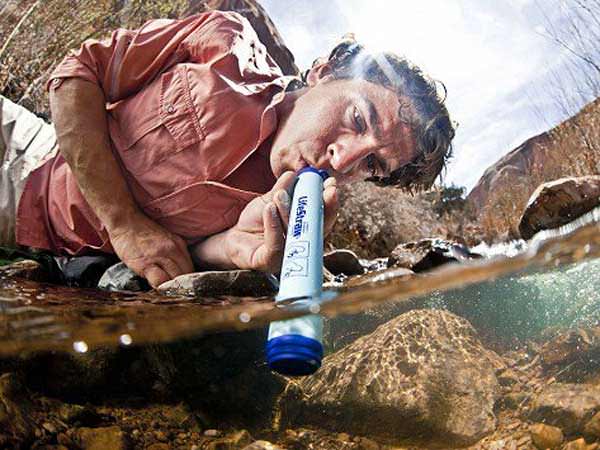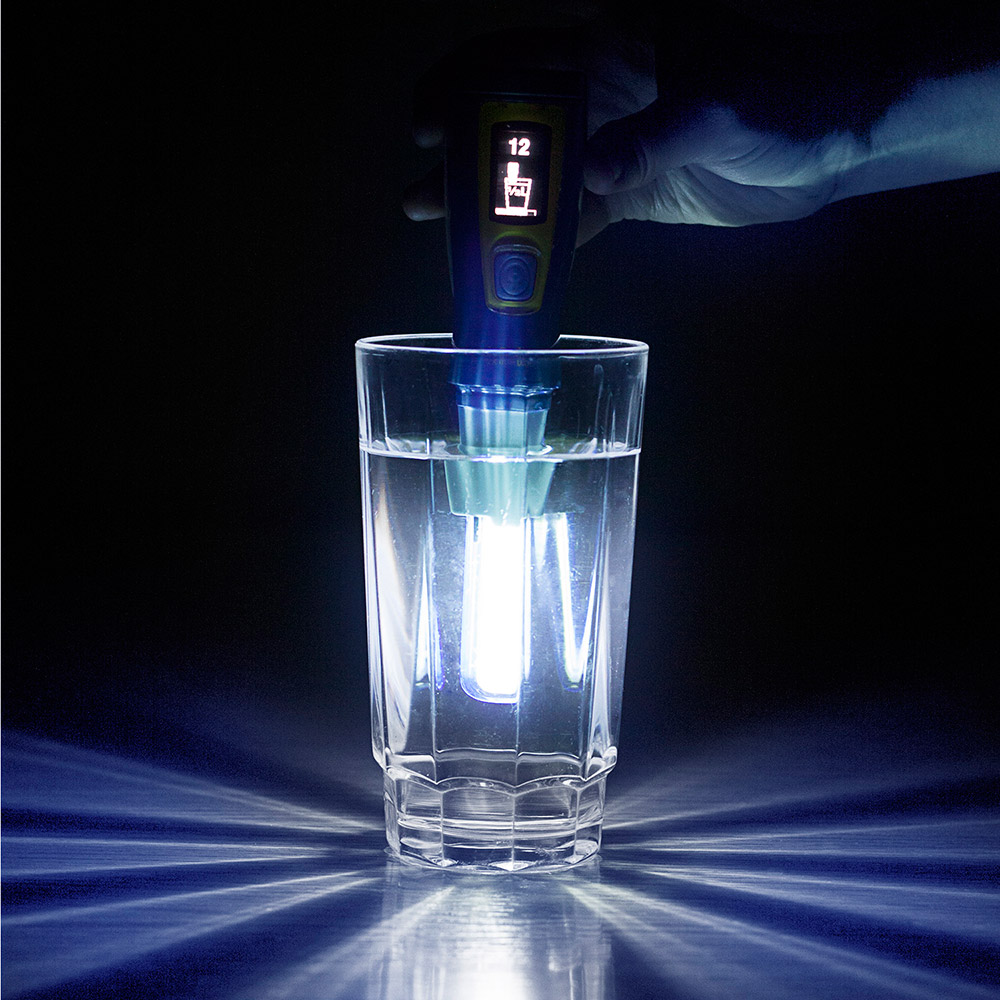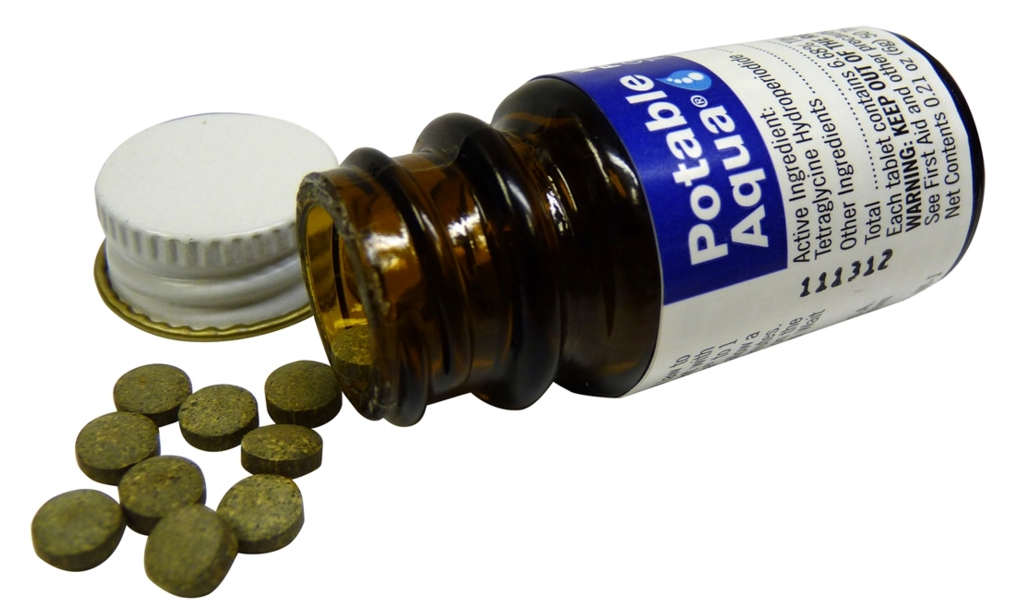You can survive for weeks without food, but you can barely make it a few days without drinking water. Staying hydrated is essential while hiking, camping, or in any survival situation.
One of the most basic survival skills you should learn is where to find water in the wild and the ways to purify water to ensure it’s safe for drinking. When the sh*t hits the fan, you stand a fighting chance if you’ve mastered this skill.
Finding Water
Obviously, the most common sources of water are streams, rivers, ponds, creeks, and lakes. When you learn to distill water, you can even purify salty water from the sea or turn brackish into drinking water. Other common sources you can collect water are rain, hail, snow, hail, sleet, and dew; in short: precipitation. Some of these sources like rainwater that did not fall through a forest canopy or jungle should be safe to drink as-is. Dew water and water from newly melted snow should be pure enough to drink without purification as well.
In most places, water from underground sources such as springs or tapped from trees such as birch and maple is also safe to drink. What you fetch from most of the other sources should almost always be purified before drinking.
9 Easy & Effective Ways to Purify Water
#1: Boiling
The simplest and most straightforward way to disinfect water is by boiling it. While this method of purification will not evaporate chemical pollutants, it will kill bacteria, parasites, and other pathogens in the water. Just put the water in a metallic, glass, or ceramic container and boil over a stove or campfire for ten minutes to kill any organisms living in it.
#2: Distillation
Boiling is an effective water purification method to kill living organisms. But what do you do when the water is contaminated with salt, lead, heavy metals, radiation, or other impurities? Simple filtering just won’t work.
Distillation is an effective way to purify dangerous water. It involves boiling it to vaporization then collecting the steam and cooling it down. This method of purification may not rid the water of all contaminants including volatile oils and organic matter, but the heavy particles will be left behind when the water vaporizes. You can quickly distill water with a pressure canner or with a solar still.
#3: Survival Straws

LifeStraw Survival Straw Water Filter
Survival straws are the smallest and lightest water purification devices currently on the market. You can use the latest models just like a drinking straw, or you can connect it to a water heater drain valve to disinfect contaminated water. These straws may not filter out bacteria or all viruses in the water. But most have an activated carbon filter element that is effective in filtering out larger bacteria and pathogens besides getting rid of bad flavors and odors in the water.
#4: Water Filters
Water filters fall into two main categories: drip or suction and pump-action filters. Drip or suction filters have filtering cartridges that use gravity or are positioned in-line on hydration bladder hoses. Pump-action filters, on the other hand, use a pump that forces the raw water through the filter cartridge. The suction or drip filter would require you to simply suck water through the filter. The type of filter is often the biggest determinant of what impurities and pathogens the filter can eliminate.

SteriPEN Ultra UV Water Purifier © PandaOutdoor
#5: UV Light Devices
Ultraviolet light (UV) is known to destroy small organisms which is why it is a very effective way to disinfect water. There are hand-cranked battery-free devices such as the Steripen Sidewinder that damage the DNA of microbes in the water within seconds. There is also a range of battery-powered purification devices that are just as effective in getting rid of illness-causing organisms in the water (check our review of the SteriPEN Ultra Water Purifier). However, this technique is not effective in purifying water with large floating particles that pathogens can hide in or under.
#6: Solar Water Disinfection (SODIS)
As the name hints, solar water disinfection or SODIS in short is a purification technique that uses the sun’s energy to disinfect water. The most popular way to use the sun to purify water is to collect it in a clear plastic bottle and leave it out in the sun for at least a day. The strong ultraviolet rays (UV) from the sun will kill or damage most, if not all, of the organisms in the contaminated water. SODIS is an easy, inexpensive, and effective way to kill most viruses and bacteria in the water to make it drinkable. Note, however, that it is not a good method to use on water with dangerous chemicals and heavy elements.
#7: Disinfecting Tablets
Potable Aqua’s iodine tablets and Katadyn’s Micropur tablets are the most popular tablets to disinfect drinking water. While they are both up to 99 percent effective in killing water-borne pathogens, they’re completely different products with different chemical composition. You can drink water treated with Potable Aqua in just 35 minutes after treatment while the Micropur tablets require between one and four hours to fully disinfect the water.

Potable Aqua Water Purification Tablets
#8: Household Chemicals
Bleach and iodine, when carefully used, are very effective household chemicals and one of the cheapest ways to purify water. You can use the two types of iodine but considering how harmful it is to the human body when consumed in large quantities, it is crucial that you know which type you are using and how much of it to use per quart of water. The amount of chemicals you use will depend on the quality of the water and temperature. You only need about four drops per quart for cold murky water and about two drops for clear warm water. Simply add the chemical then close the container and give it a shake for about a minute.
#9: DIY Water Filter
The best filter you can build to make contaminated water safe for drinking should be made out of a flexible hose, a pine sapwood, and glue. Unlike the charcoal-filled systems you may have seen in survival books which only filter out large particles and lets through viruses and bacteria, this system that uses sapwood is an effective filtration that leverages the sapwood’s structure to trap contaminants. Just one cubic inch chunk of sapwood is an effective filter that can produce several quarts of ready-to-drink water in a day. Note, however, that the wood filter may let some small viruses through because they are much smaller than bacteria.
Last Resort: Drink Untreated Water
Your last resort is to gamble and drink the water raw. Be warned that even crystal clear spring water in an untouched wilderness may contain all kinds of nasty pathogens that could be harmful to the body. Whenever you have an opportunity to purify water before drinking, always do because drinking untreated water is taking a big risk with your health.
However, if the only alternative is dehydration and dropping dead … then by all means drink the water closest to the source.